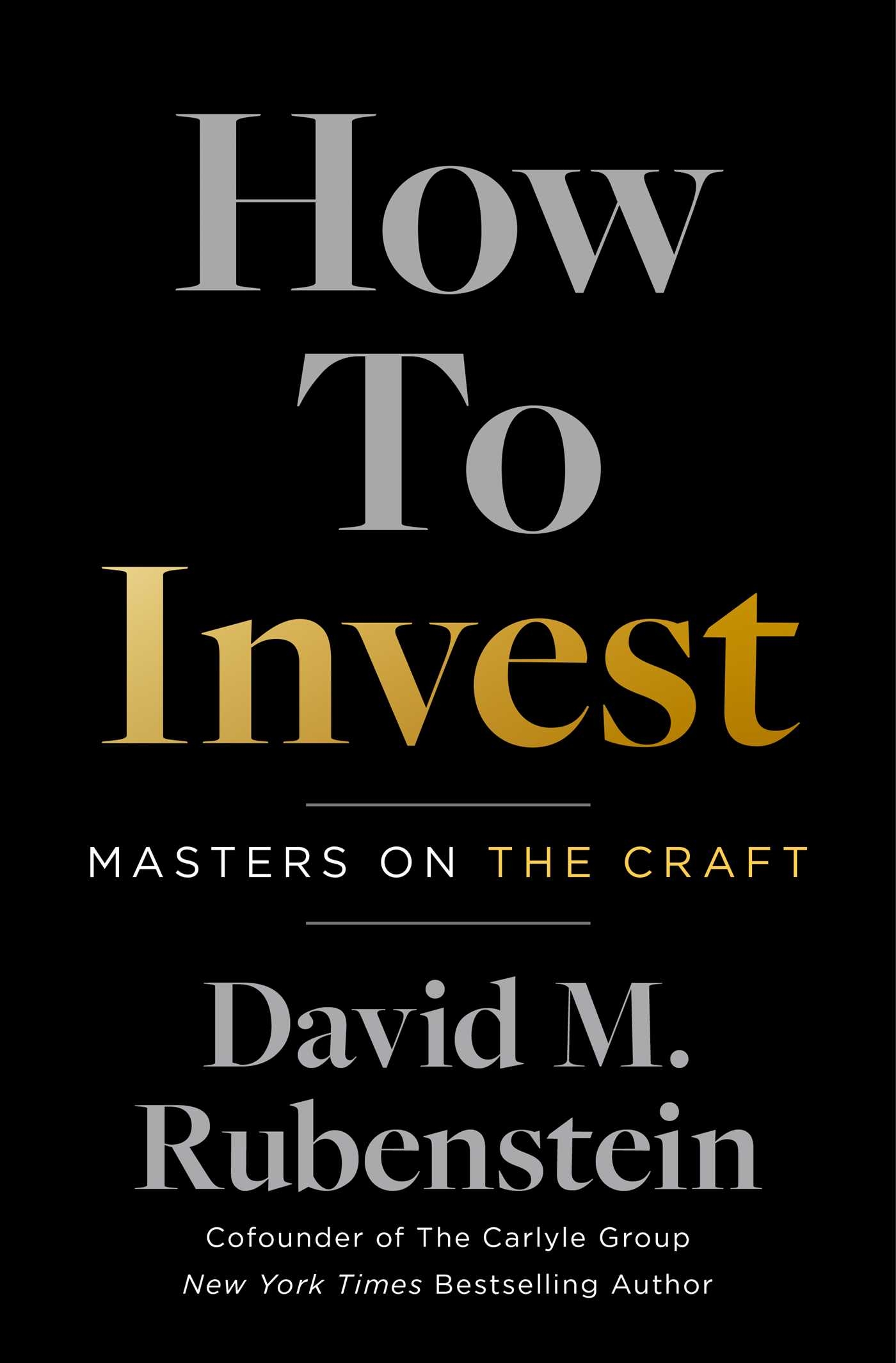
PART ONE
Mainstream Investments
Perhaps the most common investment historically has been cash—just holding the money one
owns, satisfied that inflation will not eat away its value and that it is readily accessible to the
owner.
Of course, as individuals decided that holding cash (stuffed under the proverbial mattress)
may not always be the safest decision, banks arose to hold one’s cash, at times paying modest
interest rates as the inducement to provide that cash to the bank (or equivalent institution, like
a savings-and-loan organization or credit union).
Today, holding cash in a bank or equivalent organization is still an investment decision, and
there is competition for sure among institutions to gain individuals’ cash to manage.
There are, of course, individuals who are skilled at getting the maximum return for their
cash, and in doing so in ways where—in the United States—the federal government guarantees
the principal up to certain levels. I did not include such individuals in this book, and decided to
focus on individuals who are able to achieve extraordinary returns compared to the average
investors. Such disparities in returns do not usually occur in just managing one’s cash.
So I have focused this section on those who invest in three other kinds of traditional
investments—fixed income, public equities, and real estate—as well as those who have
traditionally invested in these areas (like endowments or family offices).
When Americans in the 1700s first began to seek returns better than those offered by cash,
they invested in fixed-income instruments like government and corporate bonds. These
investments were designed to provide the investor with an attractive and predictable annual
income, with the principal being repaid in time.
This kind of investment was thought not to be unduly risky. Government bonds were
thought to be little to no risk, though governments did default from time to time, or high
inflation could reduce the effective value of the principal investment when its repayment was
due.
A somewhat riskier investment was thought then to be stock, or part of the equity, in a
company (private or public). There was no guarantee of a repayment of principal, but the
ultimate return to the investor was thought to be higher (albeit less assured than that of a
bond). Bonds and stocks (along with some cash) were generally considered the backbone of
an investment portfolio for most of the time others entrusted professionals to manage their
money. (For many years, a common standard for investors was 60-40—60 percent in equities
and 40 percent in fixed income.)
Real estate was often the third part of the triad of investments that could well be called
traditional. For most individuals throughout history, real estate (typically a home) was their
most valuable asset. By the late eighteenth century, American investors began to purchase or
invest in real estate not needed for their own living or basic business purposes. Real estate,
like bonds, was widely considered a reasonably safe investment if not purchased (or invested
in) with unsafe amounts of debt.
In recent decades, as real estate opportunities have become more complicated and varied,
and the returns much more attractive than traditional, basic real estate, some investors have
come to regard much of real estate to be more “alternative” than “traditional.” For the purpose
of this book, since the vast bulk of real estate investing is not what is called “opportunistic” or
“value added,” I have included real estate in the “traditional” category.
These three pillars of traditional investing—bonds, stocks, and real estate—were the areas
that wealth managers typically pursued for their clients. The same was true for other large
pools of capital, like university endowments or pension funds




